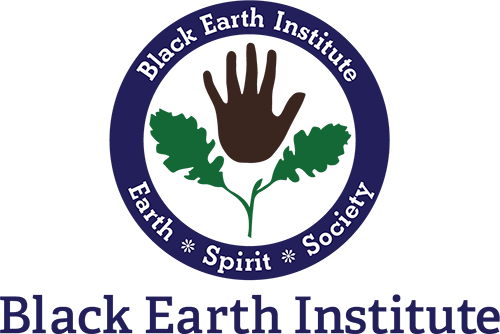
Photo credits, clockwise from upper left: Kristine Wook, Cristina Eisenberg, Nathen Domlo, wusa9.com
By Kevin Koch
The year (and counting) of COVID has driven us to the woods. Which is, ironically, one of the few good things that has come of this pandemic. Americans are loving their parks and wild spaces, perhaps like never before, seeking out safe, breathable air beyond the confines of their own homes.
I thought of this recently while cross-country skiing with my wife Dianne at Blue Mound State Park in southwest Wisconsin. We had space galore to ourselves as we wove between woods and prairie, but occasionally ahead of us, occasionally behind, and embarrassingly all-too-frequently passing us, were people of all ages out here in the snow. Deeper in the woods a pack of fat-tire riders plied a separate path, as did the snowshoers whose trail occasionally intersected with ours. I was in such a good mood I didn’t even terribly mind the snow-mobilers whose machines whined away like mosquitos at the far edges of the park.
I teach courses in nature writing at a small midwestern college. Sadly, last fall my Mississippi River writing course met much of the time online, foregoing not only the classroom but, even more of a loss, our usual outings down to the river, just beyond our campus. I made them get outside on their own, of course. But it got me thinking of how I experience nature not only by personal presence but virtually as well, as I always have, through the authors I read and whose work I teach.
On this International Women’s Day, I think, too, of the women whose writing has shaped my and my students’ embrace of landscape. Annie Dillard, with her wild and imaginative sentences unblinking while staring down a parasite yet still seeing with amazement “the backyard cedar where the mourning doves roost charged and transfigured.” Gretel Ehrlich, likening herded sheep to a flow of water parting around you “as if you were a rock in a stream.” Kathleen Norris, turning the rolling Dakota prairies into a spiritual seascape where “the lights of farmhouses look like ships” on distant ocean waves. And Patricia Monaghan, transporting my students and me to rural Ireland—some of us virtually, some literally—and bringing us home again with a new understanding: “Just as Ireland is sacred, so all land is sacred, as we all are sacred.”
I won’t claim that there’s a women’s way of looking at the earth. Maybe there is, maybe there isn’t. I’ll let others contend with that question. But these particular women—and others, my wife included—have shaped my vision of sacred land and have in turn supported me in my own expressions.
That cross-country-ski outing at Blue Mound was a communal expression of a collective love of nature. But it was an exercise in solitude as well, because for long stretches Dianne skied a bit ahead of me or a bit behind, and I was alone with my thoughts.
COVID has made us all too solitary, our Zoom connections notwithstanding. But solitude is not the same as solitary. Solitude takes us deep inside ourselves to discover new landscapes. In solitude, in the woods, I ski with the women who shaped me, and look with fresh eyes at the sacred earth.

